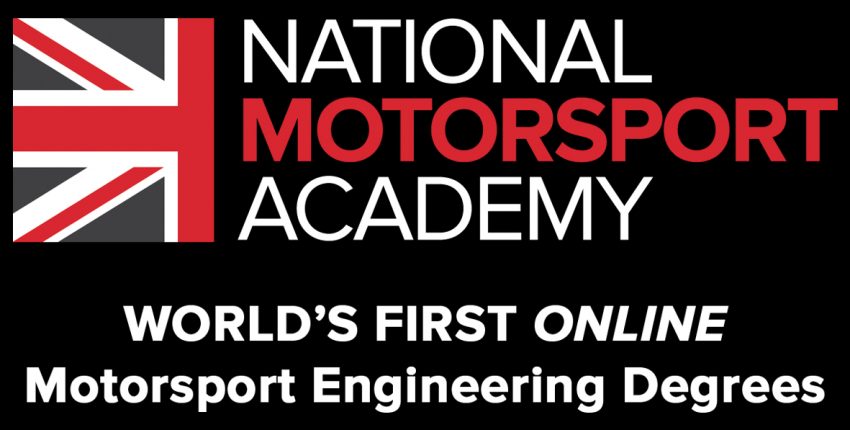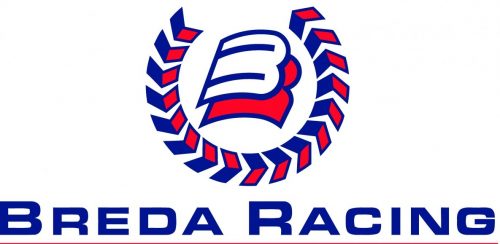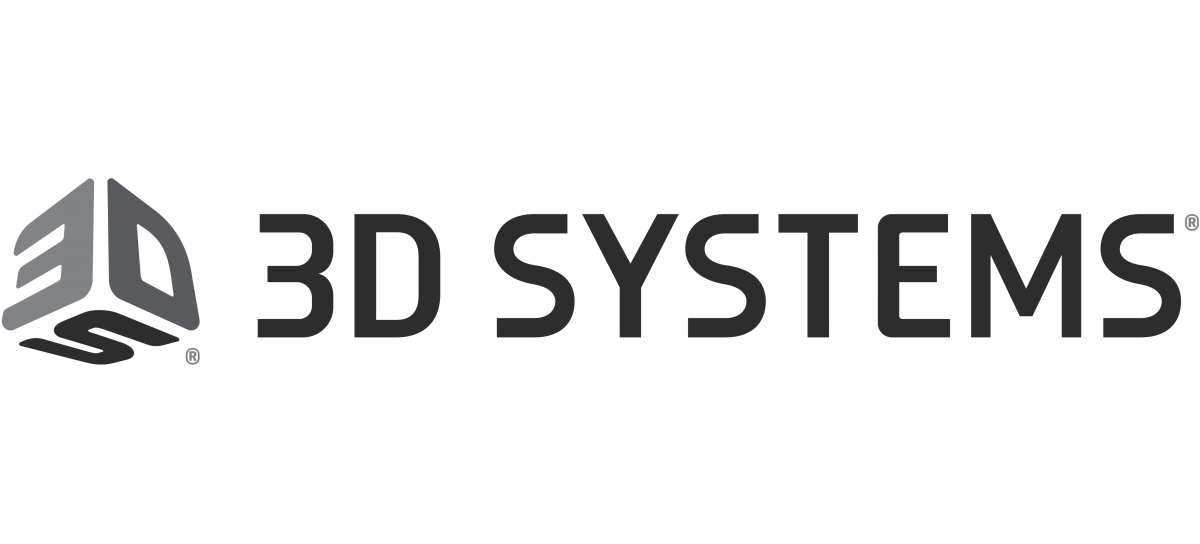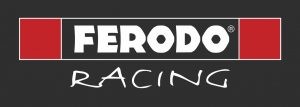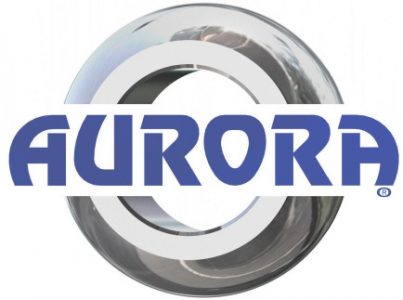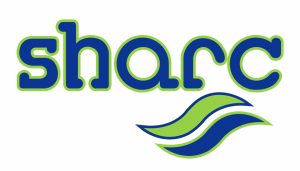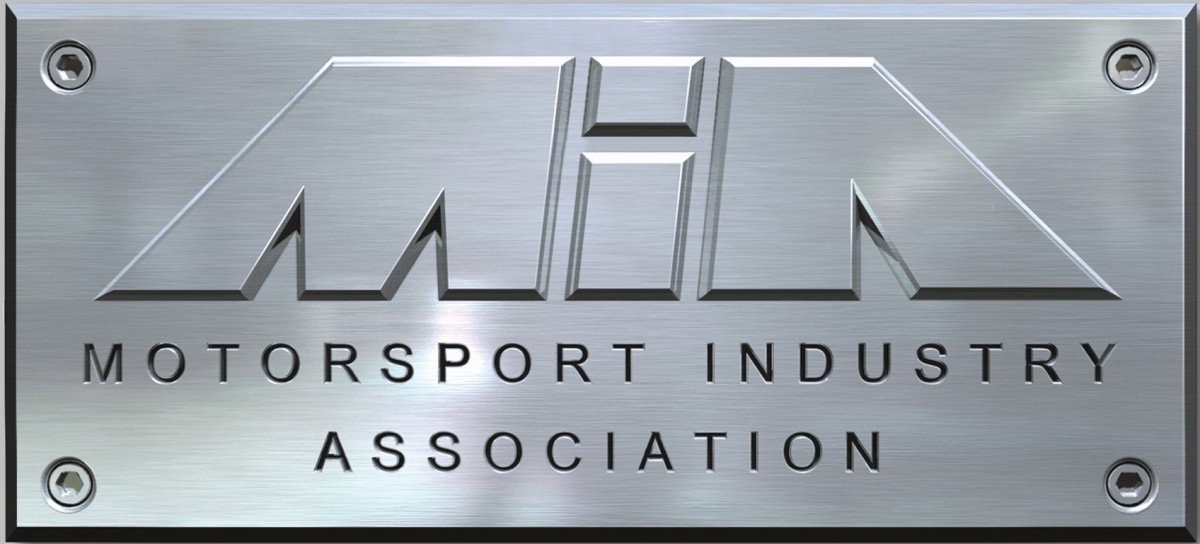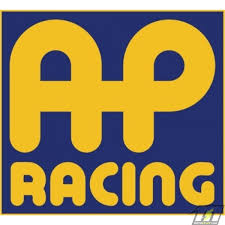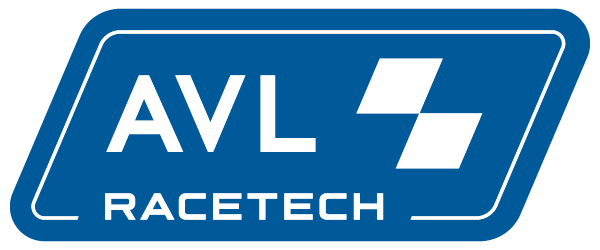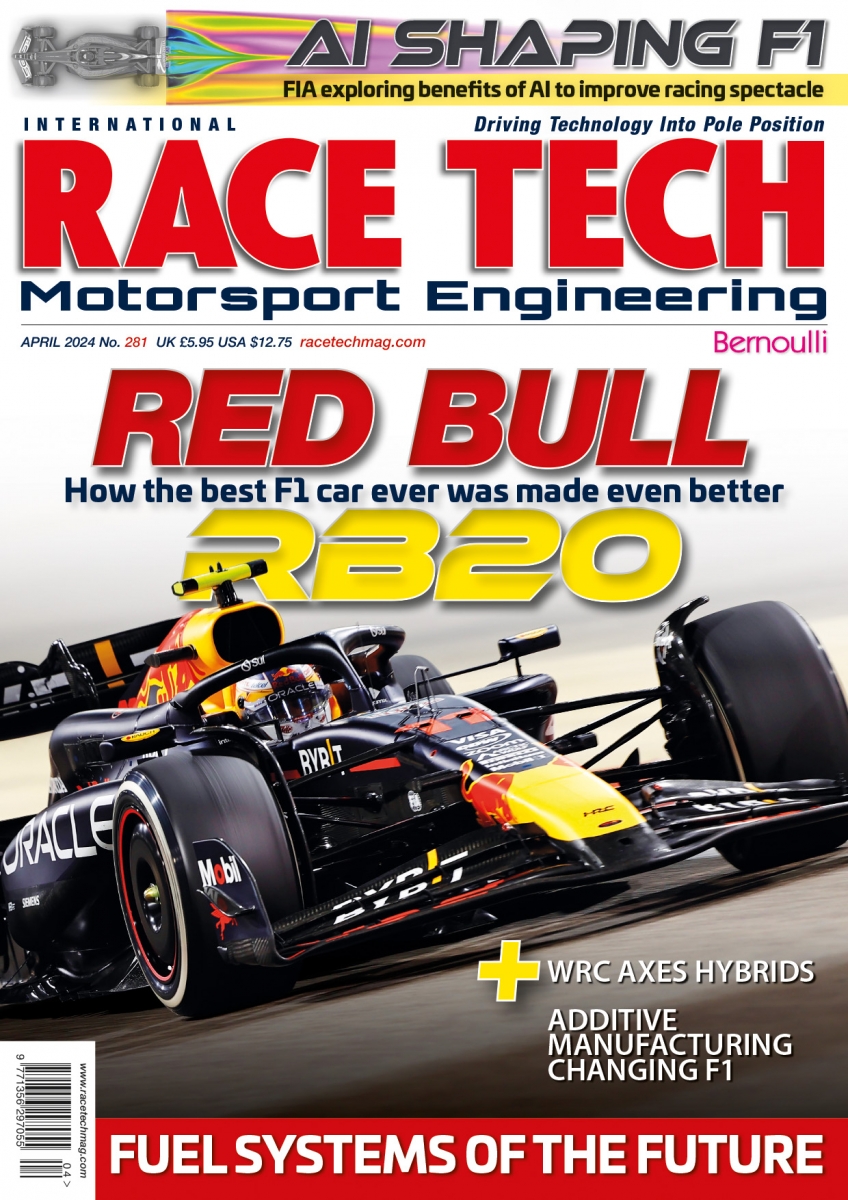IndyCar continues Aeroscreen tests
IndyCar took another important step in the development of its cockpit-protecting Aeroscreen with a two-car test at the 0.75-mile short oval Richmond Raceway in mid-October that hosts the NTT IndyCar Series next June. A focus of this test was to make driving the car a more comfortable experience by redirecting the airflow inside the cockpit through the use of interior inlets.
This was the third of four scheduled Aeroscreen tests and it went so well that recently crowned NTT IndyCar Series champion Josef Newgarden of Team Penske needed only a handful of laps to adjust to the new cockpit surroundings.
The Richmond test also included five-time NTT IndyCar Series champion Scott Dixon, who also took part in the initial Aeroscreen on-track test with Team Penske’s Will Power on 2 October at the Indianapolis Motor Speedway. In addition to testing Firestone tyres, he said the Aeroscreen worked well on ovals and was nearly ready for action now.
“We’ve learned something every time we’ve tested,” said IndyCar president Jay Frye. “It’s about checking the boxes and once the teams get a hold of it they’ll make it even better. They’ll take it to a whole other level.”
The Aeroscreen, which adds about 60 lb (27 kg) to the car, was developed by Red Bull Advanced Technologies to reduce the risk of driver injury from flying debris or other objects striking the cockpit area. Anchored by titanium framework, it consists of a polycarbonate laminated screen that includes an anti-reflective coating on the screen’s interior, an anti-fogging device through an integral heating element and tear-offs, all of which will be produced by integrated third-party companies.
The titanium framework mounts in three areas around the cockpit: the chassis centreline, two rear side mounts and roll hoop integration to provide enhanced load-bearing capabilities. The load-bearing is expected to be 150 kilonewtons (kN), which equals that of the FIA load for the Halo design currently used in Formula 1. A kilonewton is equal to approximately 225 pounds.
The Aeroscreen is scheduled to make its race debut on 13-15 March, 2020 at the season-opening Firestone Grand Prix of St. Petersburg. It will then be used in competition at all 17 races next season, including the June 26-27 event at Richmond Raceway, marking the first series race at Richmond Raceway since 2009.
The visit to Richmond Raceway was the third consecutive week of on-track testing of the Aeroscreen, with each coming on a different type of layout. Previously, IndyCar staged an Aeroscreen test at the Indianapolis Motor Speedway followed by a second test at the Barber Motorsports Park permanent road course in Birmingham, Alabama in early October.
The fourth scheduled test will be on 5 November at the Sebring International Raceway, a track that simulates street circuits. Four-time IndyCar champion Sebastien Bourdais of Dale Coyne Racing with Vasser-Sullivan and James Hinchcliffe of Arrow Schmidt Peterson Motorsports will be the drivers there.



